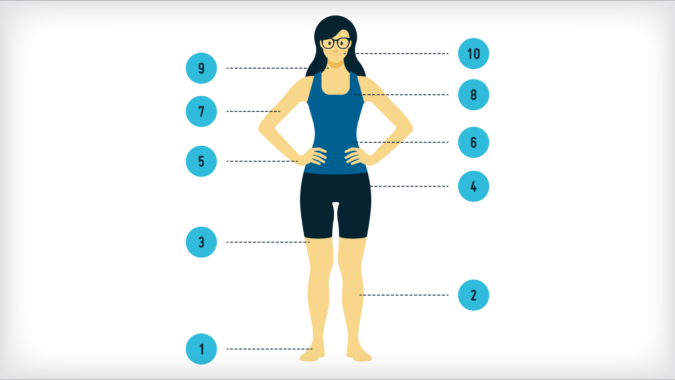Healthy Monday Resources
Access a wealth of resources and tools designed to support your wellness journey. From at-home workouts to mindfulness techniques, we have everything you need to make healthy living easier and more enjoyable. All resources are evidence-based and created by our health experts.

The next time you feel overwhelmed, take a trip to a local park, trail, or wooded area and focus on all of the sights, smells, and sounds...

We’ve picked some awesome outdoor movement activities to help the kids expend all of that excess energy: No iPad, X-Box, or television re...

Research shows that phytonutrients can help reduce the risk of developing certain chronic diseases, cancers, and overall causes of mortal...

Progressive muscle relaxation is a method used for stress reduction that asks you to focus on specific muscle groups, tense them up, and ...

A daily walk can be the perfect opportunity to get up from your chair and take in some fresh air. Although walking alone can benefit your...

All forms of exercise — from walking and jogging to yoga and weight lifting — can help reduce feelings of anxiety and stress. Plus, many ...
No Results Found